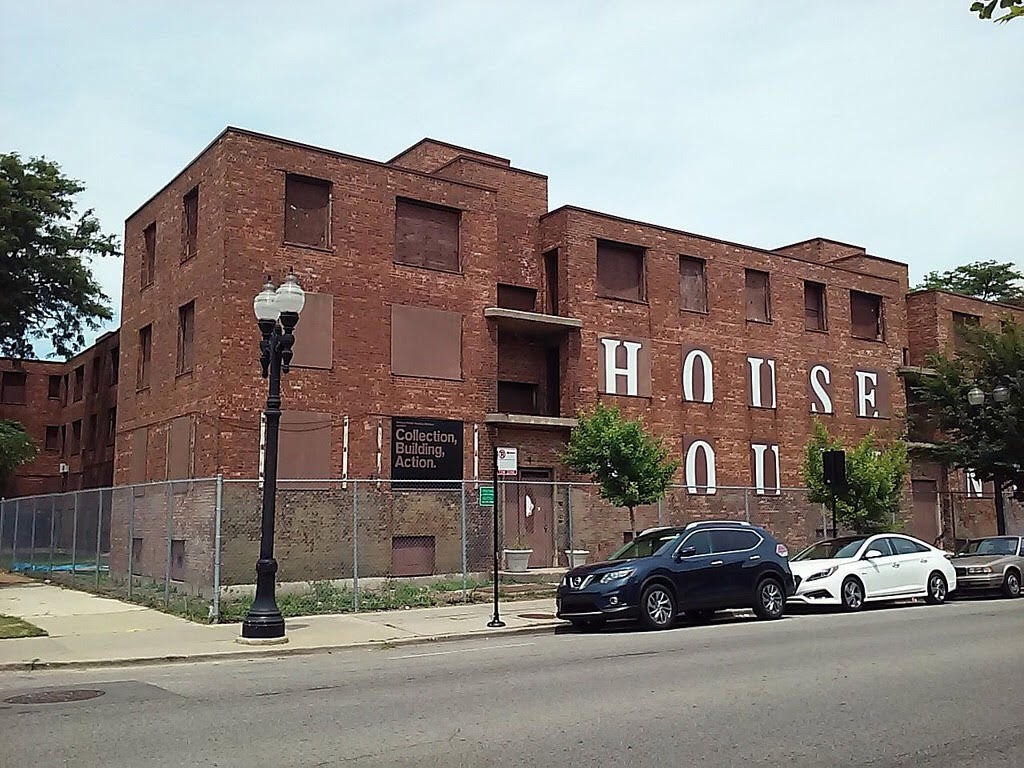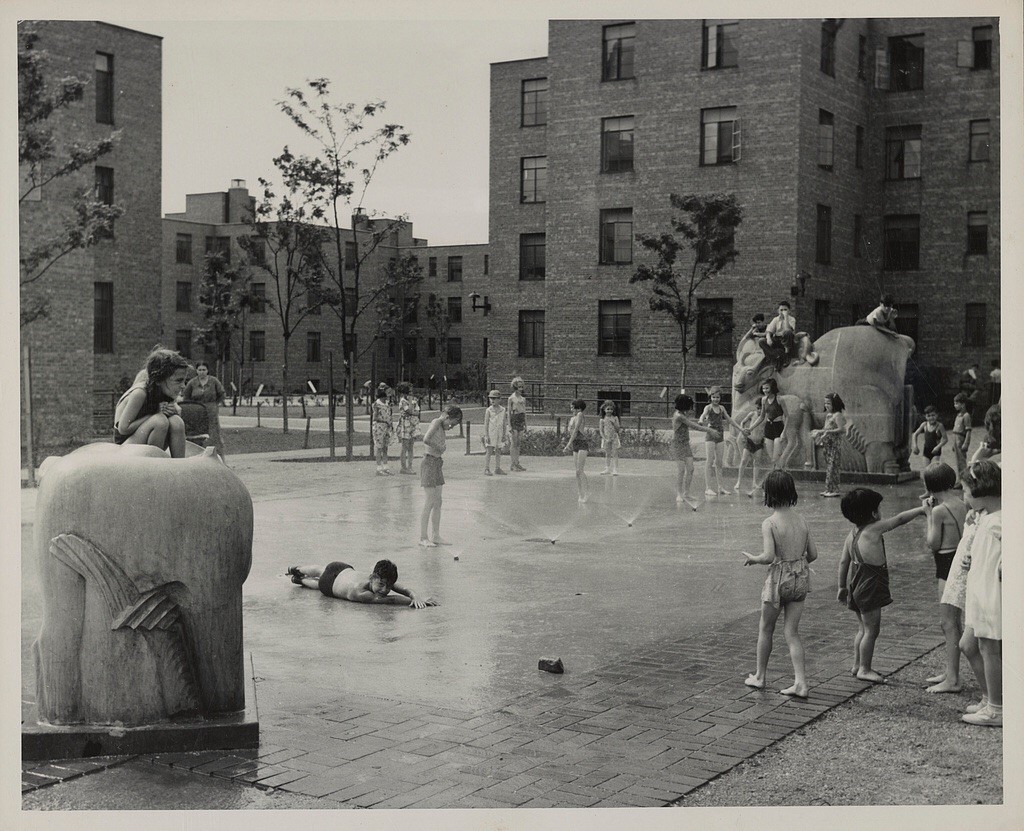Social Transformation Under the Sheltering Sky of Aesthetics
Posted by Jul 28, 2017

Dr. Lisa Yun Lee
“The only standard for judging socially engaged art should be how much justice it creates in the world.” —Rick Lowe
When I first heard artist Rick Lowe utter the statement above, I felt the urge to pump my fists in the air, while screaming “YES! DAMMIT!”, but also a complete sense of bafflement. While I exuberantly agreed with the sentiment, I also had absolutely no clue about how one might, in practice, evaluate a work of art by this particular metric.
As the Director of the National Public Housing Museum, I work with passionate staff, interns, and a diverse group of community stakeholders to make exhibitions and develop programs that are socially engaged, community informed, and collectively curated. We are committed to the creation of a dynamic new cultural institution that will open in September 2018, where our mission is to preserve, interpret, and propel housing as a human right.

While the staff and I identify as museum professionals and cultural workers, we also understand our efforts to be a part of a larger struggle for social justice—one that includes movements for racial, class, and gender equity. The museum will be located in the last remaining building of the Jane Addams Homes on the West Side of Chicago. Jane Addams, our namesake, was America’s first woman to win the Nobel Peace Prize, the brilliant founder of the Hull-House Settlement that was part of some of the most radical social welfare programs of the early 20th century. Addams was also a queer community organizer who famously said: “Social advance depends as much upon the process through which it is secured as upon the result itself.”
Our everyday efforts include imagining and finding ways to realize exhibitions in several restored apartments that honor and interpret the lives of three different generations of public housing residents in the Jane Addams Homes. We’re gathering oral histories from former residents of now demolished housing projects like Cabrini Green, which our Director of Programs, Shirley Alfaro, is imagining creative and artistic ways to preserve and disseminate. The Entrepreneurship Hub, a creative placemaking initiative, will generate new forms of cooperative economies that Associate Director Robert Smith is dreaming up with public housing residents and faculty at the UIC Social Justice Initiative.

These are all projects where the relationships we build, and the trust and reciprocity between everyone engaged, are precious outcomes. The integrity and transparency with which we conduct ourselves as a cultural institution within the community of public housing residents is extremely important to everyone involved. This is work where the process is as vital as the result itself. And we intend to evaluate the so-called “excellence” of our efforts in how much justice we help to create in the world.
The Aesthetic Perspectives framework emerges at a key moment for our work, as both a blessing and offering. It opens up a utopian and expansive new terrain for how to reflect on work that is meant to be socially engaged and transformative. The framework defines with rigor, but without being dogmatic and hierarchical, a common language for naming what we are for, not simply what we are against.
All 11 attributes reflect that which is most alluring about socially engaged work:
The attributes embrace the simple truth that social change is always about challenging the status quo, a willingness to question normative values, and therefore always includes risk-taking and some measure of disruption.
The framework recognizes that the impact of our projects must inspire people to think and act differently, and this cannot happen by simple truth-telling, and through facts and forensic details, but because we speak compelling truth to power and effectively engage sentient being through sensation and emotion. “No one wants to be a Cassandra,” I remember mentor and women’s studies professor Kathy Rudy reminding me, “always speaking the truth yet with no one listening. That is a horrible fate for a scholar or activist.”
One of the attributes acknowledges the essential co-dependency of artistic form with content, but reimagines it in a more accessible and intimate way as coherence. It asks us to consider our commitment to positive change, rather than pretending our work is neutral and not political. One of the great mis-understandings and stifling misinterpretations of the rules that govern nonprofit entities is that we are not allowed to be political. What nonsense that is! Arundhati Roy reminds us of the following: “The trouble is that once you see it, you can’t unsee it. And once you’ve seen it, keeping quiet, saying nothing, becomes as political an act as speaking out.”
The framework identifies resourcefulness as a value and not simply as a necessity for our often underfunded projects. It also asks us to consider the stickiness of our efforts; that is, the sustainability of our work after we change course or abandon projects. And importantly, it identifies cultural integrity, and our willingness to challenge power and privilege, and the ability to generate communal meaning to foreground the common good as key attributes.
Aesthetic Perspectives is a brave and fierce leap into territory that demands wild abandonment of some of our most comfortable norms about what is good, what is true, and what is beautiful. And this is what is so exquisite and devastating about the framework—it unabashedly claims work that is engaged in social transformation under the sheltering sky of aesthetics. The framework sees that the work of social change demands creativity and radical imagination, and recognizes that bringing more justice into the world is an act of cultural creation, an act of beauty, and of wonder.





